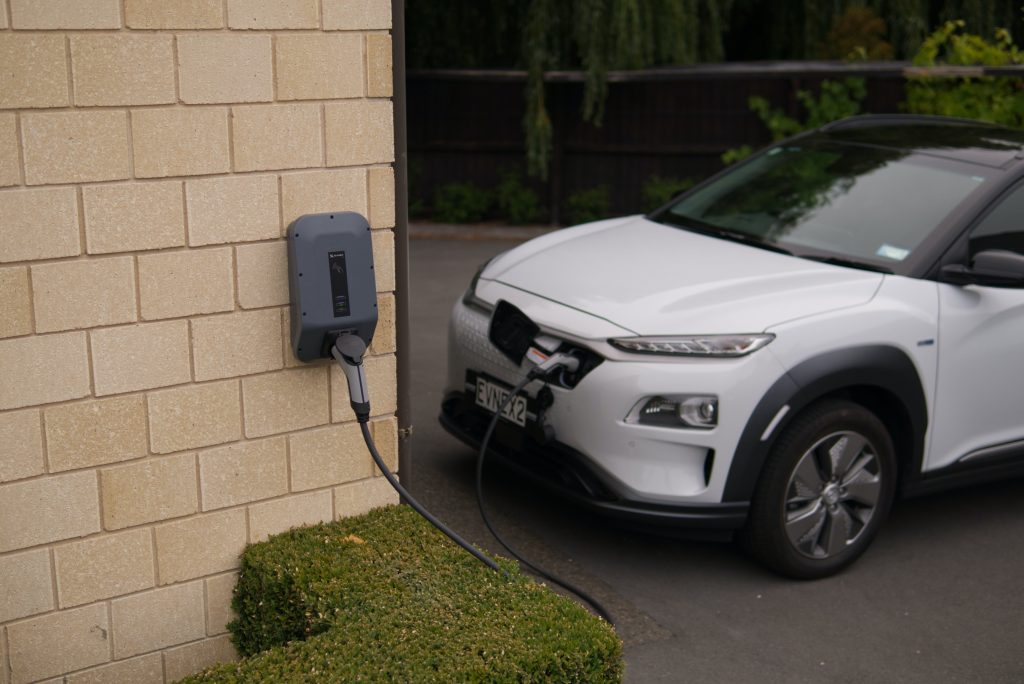Here are some considerations for balancing our needs while contributing to a greener future.
Environmental Considerations

Studies from various sources indicate that the production of a new vehicle, regardless of its power source, has a notable environmental footprint. According to the International Energy Agency (IEA), manufacturing vehicles contributes significantly to greenhouse gas emissions, with estimates suggesting that 10-20% of a car’s total emissions occur during its production phase.
Lifecycle Emissions
A report by the Union of Concerned Scientists (UCS) indicates that the manufacturing phase of an electric vehicle contributes more to global warming emissions compared to the manufacturing phase of an average gasoline vehicle. However, over the lifetime of the vehicle, EVs produce significantly fewer emissions due to their lower operational emissions.
Cost Consideration
Keeping an existing ICE car longer and properly maintaining it can be a cost-effective option compared to purchasing a new vehicle. The initial cost of an EV, though gradually decreasing, might still be relatively higher than maintaining an existing ICE vehicle, making it a less accessible choice for some consumers.

Reduced Operational Emissions

Electric vehicles (EVs) stand out for their capacity to produce zero tailpipe emissions, a factor in mitigating local air pollution, particularly in densely populated urban areas. According to the United States Environmental Protection Agency (EPA), the transportation sector represents the foremost contributor to greenhouse gas emissions in the United States, predominantly stemming from vehicles driven by internal combustion engines. The transition from conventional fossil-fuel-based vehicles to electric-powered alternatives presents an opportunity to reduce emissions.
Advancements in Technology
The evolution of EV technology offers several advantages, including improved battery life, faster charging infrastructure, and increased driving range, addressing concerns about initial limitations in these areas.
Government Initiatives
In both Canada and the United States, governmental bodies have taken proactive steps to encourage the widespread adoption of EVs through a series of robust initiatives. These initiatives are designed to incentivize consumers and create a favorable environment for the transition from ICE vehicles to electric ones. They encompass a spectrum of measures, including tax credits, rebates, and substantial investments in charging infrastructure, aimed at making EVs not just environmentally conscious but also financially enticing for consumers.
In essence, the initiatives undertaken by both Canada and the US underscore a concerted effort by governments to make electric vehicles more economically attractive and convenient for consumers.

The decision to prolong the life of an ICE car or transition to an EV requires a complex evaluation of multiple factors. While extending the life of an existing vehicle may seem environmentally conscious in the short term, transitioning to an EV aligns more closely with long-term sustainability goals. However, the decision is also contingent on individual circumstances, such as financial considerations, infrastructure availability, and personal driving habits.





